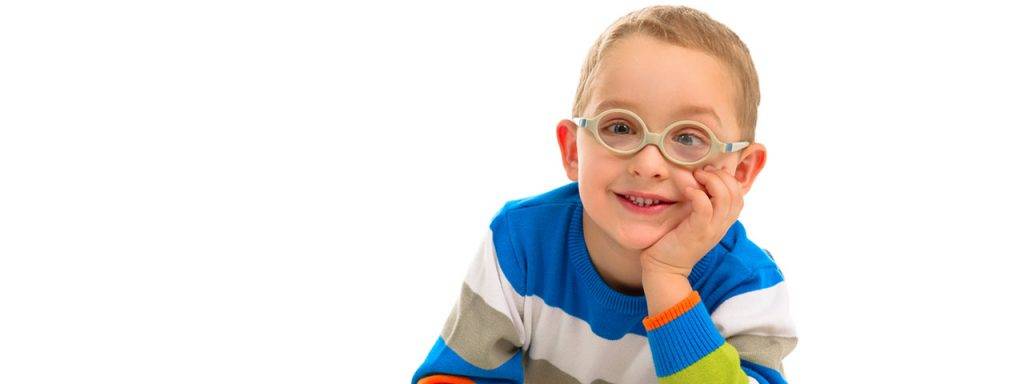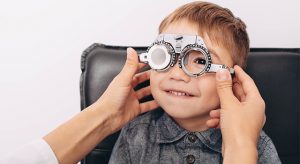Vision therapy is essential for infants and children to ensure their eyes develop correctly and to avoid life-long vision problems.
The first few years of a child’s life are critical for the healthy and proper development of numerous body parts, particularly the visual system.
Research shows, the lives up to 6 children in every classroom can be improved with vision therapy.
The eyes of a child develop at the same rate as the rest of their body, just as you see your baby and infant growing, their eyes too are growing and developing.
Keeping a close eye on your child’s eyes can assist ensure that they are developing normally and not developing lazy eyes.
When can vision therapy start?
Infants from ages 2-3 can start a program of vision, however the largest group begin as young as 5-6 years.
Formal in-office sessions are often required to optimize the results, these are best for children aged 7 and over because they have a better understanding of instructions.
Even if a child has 20/20 vision and no refractive errors (such as nearsightedness or farsightedness), they may struggle with visual processing or focus or have a lazy eye. These forms of vision problems are more difficult to notice, yet they can nonetheless affect a child’s development in many ways.
When a child’s visual problems make it difficult for them to learn or connect socially, it may be time to consider vision therapy.
When is vision therapy necessary?
Vision therapy has been shown to help children and adults enhance their visual skills and performance at school and the sports field and treat a lazy eye.
Vision therapy is has been shown over decades to successfully play a role in the management of several conditions, including;
- Lazy eye
- Eye turns (strabismus)
- Convergence Insufficiency
- Dyslexia
- ADHD
- Learning difficulties
SEE RELATED: How is lazy eye treated?
If your child has any of these above, to find out if they’re ready for vision therapy, book an appointment with an eye doctor near you.
What is vision therapy?
Vision therapy is a customized set of exercises that might help you develop and strengthen your visual abilities.
Vision therapy is vital to treat visual conditions such as lazy eye and eye turns as well as reading, learning and attention difficulties.
Each patient has different needs and levels of visual skills, which is why an eye doctor will create a personalized vision therapy program for your child.
Vision therapy is similar to physical therapy, however, it focuses on the eyes rather than the entire body. The goal of vision therapy is to strengthen the communication between the eyes and the brain
Can vision therapy help my child at school?
Yes.
Visual issues should be monitored by parents and teachers since they can interfere with a child’s academics, social life, and extracurricular activities.
The exercises and techniques can train the eyes to develop certain visual skills including;
- Eye focusing
- Eye teaming and tracking
- Convergence
- Hand-eye coordination
- Visual processing
Prisms or special eyewear may be used by the doctor to enhance the therapy regimen.
Strong visual skills are vital during the school years, when reading, writing, homework, and after-school activities become a regular part of their day.
Children as young as five or six years old can benefit with vision therapy.
Visual information processing and clarity problems in children can emerge that aren’t usually discovered by a conventional vision exam or school screening, these can often miss a lazy eye.
It’s important to remember that considerable progress can take several months. The importance of consistency cannot be overstated. To obtain the best results, young children, especially those in the toddler years, require a consistent routine.
Will my child still need to wear glasses?
It’s vital to keep in mind that vision therapy might not improve your child’s refractive errors, such as long and short-sightedness and astigmatism, so these children will most likely still need to use glasses or contact lenses.
Many children are wearing glasses, such as low-plus eyeglasses, to support their eyes and as the eyes strengthen due to vision therapy, they may not need these later on.
The goal of vision therapy is to improve a child’s visual skills so that they can improve their reading, writing, academics, and social abilities, resulting in higher grades at school and enhanced sporting abilities.
Vision therapy is also crucial to treat lazy eyes.
LEARN MORE: Vision Therapy for Children
Schedule an appointment with an eye doctor near you, to learn how vision therapy could help your child.
If your baby or infant has any vision problems, you could find that vision therapy is the answer you’ve been searching for!










